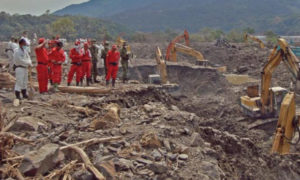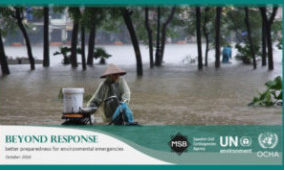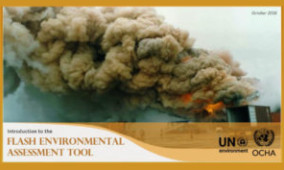Nouvelle
Environmental Disaster Risk Reduction
The choices we make are creating new, emerging and larger risks. With increasing complexity and interaction between human, economic and political systems, risk becomes increasingly systemic. Hence, we need to reflect on the systemic nature of risk and on how we deal with it. We also need to improve our understanding of anthropogenic systems in nature to identify precursor signals and correlations to better prepare, anticipate and adapt to risks.
About Disaster Risk Reduction
Climate change, urban pressure and lack of disaster preparedness, are increasingly transforming natural hazards, such as earthquakes, volcanic eruptions or tsunamis into disastrous events causing life and economic losses. The risk of disasters caused by natural hazards is rising. Disaster risk reduction (DRR) is the concept and practice of reducing disaster risks through systematic efforts to analyse and reduce the causal factors of disasters.
While the Sendai Framework for Disaster Risk Reduction 2015-2030 is the roadmap for DRR, other global agendas including the Sustainable Development Goals, the Paris Climate Agreement, the New Urban Agenda and the Biodiversity Agenda have targets that cannot be attained without considering DRR. There are clear links between those international instruments.
International Day for Disaster Risk Reduction
13 October is the International Day for Disaster Risk Reduction and is an opportunity to acknowledge the progress being made toward reducing disaster risk and losses in lives, livelihoods and health. It is also a day to remind the world that disaster risk is man-made. More information and the yearly theme and events are available on the pages below.
- 2023 | Fighting inequality for a resilient future
- 2022 | Early Warning
- 2021 | International Cooperation
Sendai Framework
The Sendai Framework for Disaster Risk Reduction 2015-2030 (Sendai Framework) is the first major agreement of the post-2015 development agenda and provides Member States with concrete actions to protect development gains from the risk of disaster. It was endorsed by the UN General Assembly following the 2015 Third UN World Conference on Disaster Risk Reduction (WCDRR), and advocates for the “substantial reduction of disaster risk and losses in lives, livelihoods and health and in the economic, physical, social, cultural and environmental assets of persons, businesses, communities and countries.”
It also recognizes that the State has the primary role to reduce disaster risk but that responsibility should be shared with other stakeholders including local government, the private sector and other stakeholders.
The Sendai Framework works hand in hand with the other 2030 Agenda agreements, including The Paris Agreement on Climate Change, The Addis Ababa Action Agenda on Financing for Development, the New Urban Agenda, and ultimately the Sustainable Development Goals.
The Sendai Framework is the successor instrument to the Hyogo Framework for Action (HFA) 2005-2015: Building the Resilience of Nations and Communities to Disasters and is the outcome of stakeholder consultations initiated in March 2012 and inter-governmental negotiations held from July 2014 to March 2015, which were supported by the UNDRR upon the request of the UN General Assembly.
Disaster Preparedness, Prevention and Response
Disasters do not occur by accident – they are a result of the combined effects of hazards and vulnerable conditions. Disasters undermine hard-earned development gains and limit development achievements for future generations, with climate change expected to exacerbate the impacts of disasters globally.
The United Nations Environment Programme (UNEP) works to prevent and reduce the impacts of natural hazards, industrial accidents and conflicts on vulnerable communities and countries through sustainable natural resource management.
In the last decade, the role of ecosystems in disaster risk reduction (DRR) has received increased global attention. Sustainable ecosystem management for DRR is now recognized as a priority measure in the Sendai Framework for Disaster Risk Reduction.
Ecosystem-Based Disaster Risk Reduction
The degradation of ecosystems – such as forests, wetlands, coastal and marine systems, and drylands – is now widely understood as a major driver of disaster risk and a key component of vulnerability to disasters. For example, deforested slopes can cause more landslides, while reclaimed wetlands can worsen flooding, disasters on vulnerable communities and countries.
Over the past decade, disasters linked to natural hazards have exacted a significant toll on human lives, livelihoods, assets and economies. To prevent and reduce the impacts of disasters on vulnerable communities and countries through improved ecosystem management, ecosystem-based, or Nature-based Solutions (NbS), can reduce disaster risk as well as provide co-benefits from ecosystem services, which will contribute to livelihoods but also to building local resilience to disasters and climate change.
Role of Geneva
Organizations are listed in alphabetical order

CARE International
CARE International’s Geneva-based Secretariat coordinates CARE’s global advocacy on humanitarian crises and issues across the confederation.
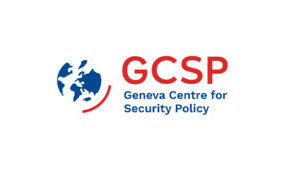
Geneva Centre for Security Policy (GCSP)
The Geneva Centre for Security Policy (GCSP) is an international foundation serving a global community of individuals and organisation, aiming at advancing peace, security and international cooperation.
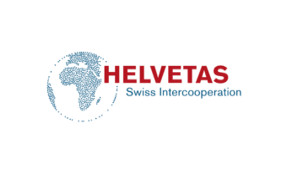
Helvetas
Helvetas is committed to a just world in which all men and women determine the course of their lives in dignity and security, using environmental resources in a sustainable manner.
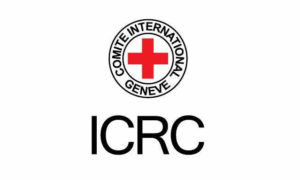
International Committee of the Red Cross (ICRC)
The International Committee of the Red Cross (ICRC) is an independent, neutral organization ensuring humanitarian protection and assistance for victims of war and armed violence. It takes action in response to emergencies and promotes respect for international humanitarian law and its implementation in national law.
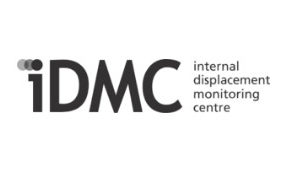
Internal Displacement Monitoring Centre (IDMC)
The Internal Displacement Monitoring Centre (IDMC) is the world’s definitive source of data and analysis on internal displacement.
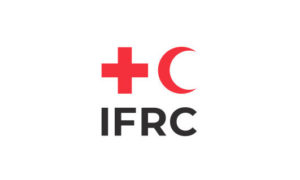
International Federation of Red Cross and Red Crescent Societies (IFRC)
The International Federation of Red Cross and Red Crescent Societies (IFRC) operates worldwide, helping people affected by conflict and armed violence and promoting the laws that protect victims of war.
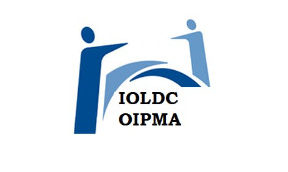
International Organisation for the Least Developed Countries (IOLDCs)
The International Organisation for the Least Developed Countries (IOLDCs) strongly emphasizes on the need to eliminate the constrains and obstacles caused by the chronic conflict situations in the crisis-affected LDCs, which severely affects sustainable development in these countries.
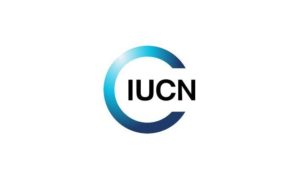
International Union for Conservation of Nature (IUCN)
IUCN’s Ecosystem-based approaches to disaster risk reduction (Eco-DRR) activities at the global level are coordinated by the IUCN Ecosystem Management Programme, and supported by the expertise of CEM members.
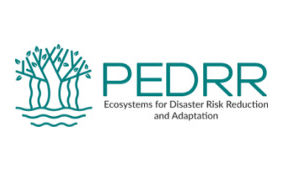
Partnership for Environment and Disaster Risk Reduction (PEDRR)
The Partnership for Environment and Disaster Risk Reduction (PEDRR) seeks to promote and scale-up implementation of ecosystem-based disaster risk reduction and ensure it is mainstreamed in development planning at global, national and local levels.
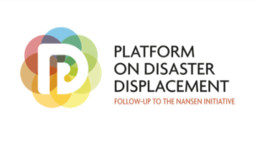
Platform on Disaster Displacement
The Platform on Disaster Displacement is a State-led initiative working towards better protection for people displaced across borders in the context of disasters and climate change.
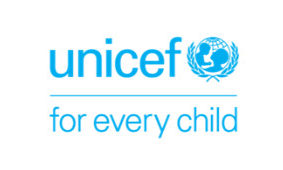
United Nations Children’s Fund (UNICEF)
The United Nations Children’s Fund (UNICEF) promotes the rights and wellbeing of every child.
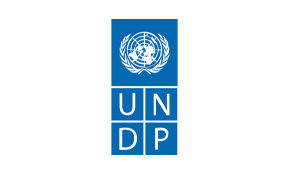
United Nations Development Programme (UNDP)
The United Nations Development Programme (UNDP) is the UN’s global development network, advocating for change and connecting countries to knowledge, experience and resources to help people build a better life.
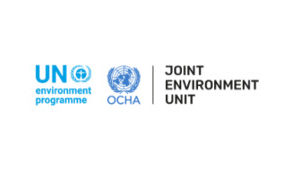
United Nations Environment Programme (UNEP) and United Nations Office for the Coordination of Humanitarian Affairs (OCHA) Joint Environment Unit (JEU)
The United Nations Environment Programme (UNEP) and United Nations Office for the Coordination of Humanitarian Affairs (OCHA) Joint Environment Unit (JEU) responds to environmental dimensions of emergencies by coordinating international efforts and mobilizing partners to support countries that have requested assistance.
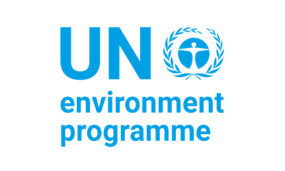
United Nations Environment Programme Resilience to Disasters and Conflicts Global Support Branch
UNEP’s Resilience to Disasters and Conflicts Global Support Branch conducts field-based assessments, works to reduce the risk of disaster, and promotes environmental cooperation for peacebuilding.

United Nations Office for Disaster Risk Reduction (UNDRR)
The United Nations Office for Disaster Risk Reduction (UNDRR) brings governments, partners and communities together to reduce disaster risk and losses to ensure a safer, more sustainable future.

United Nations Office for the Coordination of Humanitarian Affairs (OCHA)
The United Nations Office for the Coordination of Humanitarian Affairs (OCHA) is the part of the United Nations Secretariat responsible for bringing together humanitarian actors to ensure a coherent response to emergencies.

World Food Programme (WFP)
The World Food Programme (WFP) is the leading humanitarian organization saving lives and changing lives, delivering food assistance in emergencies and working with communities to improve nutrition and build resilience.

World Meteorological Organization (WMO)
The World Meteorological Organization’s Atlas of Mortality and Economic Losses from Weather, Climate and Water Extremes (1970 – 2019) report is the most comprehensive review of mortality and economic losses from weather, water and climate extremes to date. It assesses the entire 50-year period as well as by individual decade.
Learning

Nature-based Solutions for Disaster and Climate Resilience
Online | PEDRR
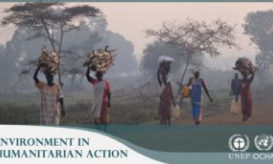
Environment in Humanitarian Action
Online | JEU
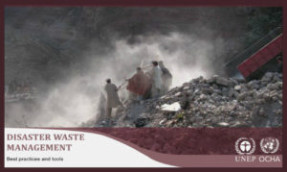
Disaster Waste Management | Best Practices and Tools
Online | JEU
Resources
- Global status of multi-hazard early warning systems: Target G | UNDRR & WMO | 2022
- 2019 Global Assessment Report on Disaster Risk Reduction | UNDDR
- EHA Connect
- Environmental Emergencies Centre
- PreventionWeb
Past GEN Events
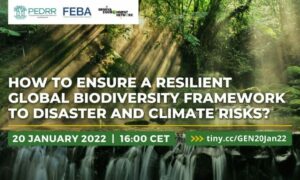
How to Ensure a Resilient Global Biodiversity Framework to Disaster and Climate Risks?
Partnership for Environment and Disaster Risk Reduction (PEDRR), Friends of Ecosystem-based Adaptation (FEBA), and Geneva Environment Network | 20 January 2022
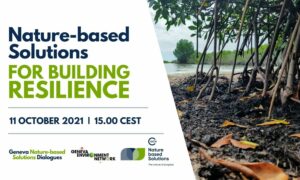
Nature-based Solutions for Building Resilience
Geneva Nature-based Solutions Dialogues | IUCN & GEN | 11 October 2021

Technical Briefing: 2017 Global Platform on Disaster Risk Reduction
Geneva Environment Network | 17 May 2017

